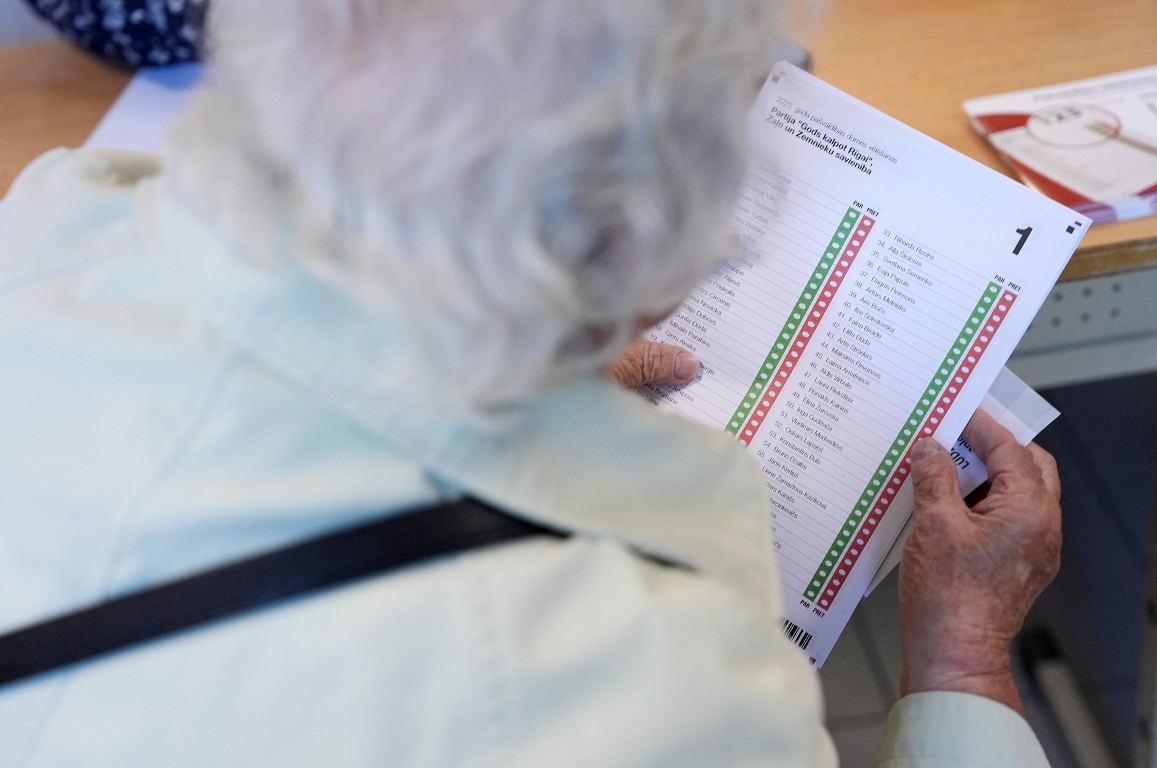Method in Madness

This is an article for ‘chromos’ (‘Wonkish’, as Paul Krugman likes to warn). Having spent a lifetime at the gym it costs me to accept that there is no method in madness. Already many noted that the so -called compensatory rates imposed by Trump are no more than the bilateral commercial deficit ratio for US imports of the origin in question. In the case of I, for example, the US imported $ 605.8 billion (mm) by 2024 incurring a commercial deficit of $ 235.6mm. Therefore, as 235.6/605.8 = 38.9%, the ‘compensatory tariff’ would be 39%, generously reduced to half. What is the economic reasoning behind this number?
Suppose the US imports from the country x goods worth $ 400mm and have a commercial deficit of $ 100mm. If it is possible to reduce imports by $ 100mm, without nothing else changes (a huge if!), The deficit obviously falls to zero. Suppose now – and this is a critical point! -That a worsement of tariffs on country X and 1 percentage point (PP) (say 3% to 4%) causes an increase in import prices by 1% (in jargon, a semi -lasticity of 1). So, a simple rule, gives us that to reduce imports by $ 100mm I need to increase rates to 100/400 = 25p.p. ie from 3% to 28%. And how is it known that by each percentage point of increased tariffs imports are 1% more expensive and not 4% or 10%? Here comes a ‘study’ of the president’s office (‘reciprocal tariff calculations’) that determines that the impact makes tariffs on prices is 4 and that their impact on imported goods is 0.25. Logo 4 × 0.25 = 1. Ergo!
This is rationalization, which does not mean that it is not crazy (or right). There are several reasons.
• Even though the values that the values of 4 and 0.25 may be adjusted for a given country, they cannot certainly be suitable for all cases because the composition of bilateral trade is different – nun agricultural goods in other aluminum and other footwear – and different goods react differently to price changes.
• Secondly, the effect is certainly not linear: which may be right for an increase from 3% to 4% is not necessarily for an increase from 3% to 28%.
• The logic of calculations corresponds to what economists call ‘partial balance’, do not realize the effects induced throughout the American (and world) economy. Is it, for example, that exports are not negatively affected? Certainly by retaliation, but also, because the prices of many intermediate consumptions as wages will increase, making exports less competitive.
• Finally, because the whole is not necessarily the sum of the parts. If all bilateral trade deficits are reset, investment in the US will be reduced to internal savings (because the balance of service and income balance is basically zero), ie it will suffer an equal reduction to the value of the commercial deficit, $ 235mm, the equivalent of 4% of the current value of private investment. The macroeconomic consequences in the competitiveness of the economy would be evident, and self -destructing the initial purpose.
These notes are somewhat naive exercise, as if an economist analyzed the decisions of someone concerned with economic rationality. No! With Trump foreign trade is a weapon in the service of a neo -imperialist position and the tariffs a statement of this imperial power. Like his idol, President William McKinley. But even McKinley’s enthusiasm for protectionism has diminished throughout his career: « We should not rest in the imaginary security that we can sell everything forever and buy little or nothing, » he announced in Buffalo, New York, in 1901, before adding that « commercial wars are not profitable. »







:format(webp)/s3/static.nrc.nl/images/gn4/stripped/data132512191-bf7b93.jpg)
